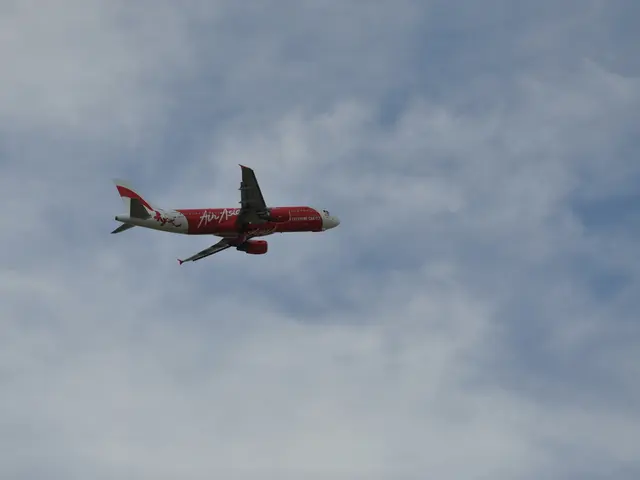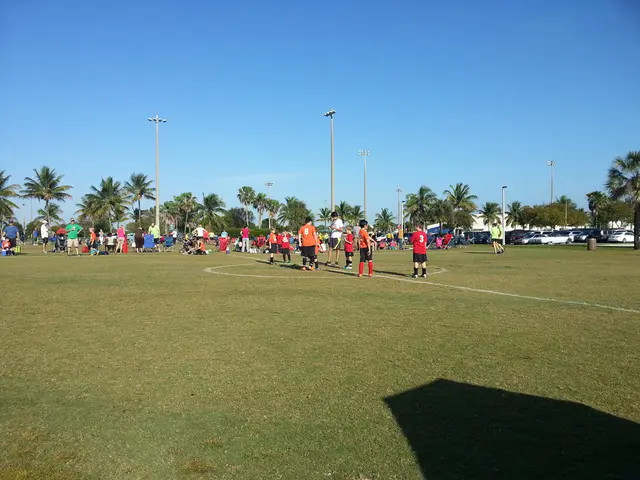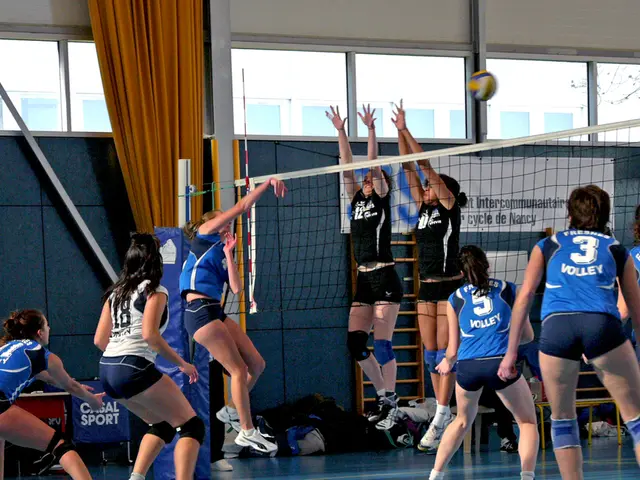Breakdown of the Aftermath at Iran's Natanz Nuclear Facility
Information on radiation contamination in Iran following the Israeli attack.
Recent Israeli strikes have caused a stir at Iran's Natanz nuclear facility, with both the International Atomic Energy Agency (IAEA) and Iranian authorities confirming radiological and chemical contamination within the site. Let's dive into the latest updates, as rounded up by "Kommersant".
IAEA Director General Rafael Grossi's Take
- Natanz is home to both main and experimental plants. The surface-level experimental plant, where Iran produced uranium enriched up to 60% in U-235, bore the brunt of the damage.
- Radiological and chemical contamination have been detected within the nuclear facilities. Though manageable through radiation protection measures, it's crucial to monitor the situation closely.
- Grossi is eager to visit Iran swiftly to evaluate the situation and guarantee safety. The IAEA stands ready to send experts to ensure the highest level of protection for nuclear installations and support the continued peaceful use of these facilities.
Iranian Atomic Energy Organization Spokesman Behruz Kamalvandi's Insight
- The majority of the Natanz damage remains cosmetic, given the facility's underground infrastructure.
- A minor leak occurred within the site, but there's no evidence of contamination spreading to the external environment. Rest assured, there's no imminent risk of radioactive material leakage.
Neighboring Countries' Response
- Azerbaijani authorities have taken precautions, organizing radiation checks at their border with Iran. Specialists have been dispatched to the Astara district to investigate the air's radiation level and scan vehicles entering Azerbaijan for signs of radioactive contamination on Iranian soil.
Additional Insights:
- The IAEA has expressed concern over potential radiological and chemical contamination within the Natanz facility. Uranium hexafluoride, a compound used in uranium enrichment, poses a threat if inhaled or ingested. However, with proper protective measures in place, the risk can be mitigated[1][2].
- The IAEA is determined to monitor the facility closely as safety conditions allow, emphasizing the need for timely and regular technical information to accurately assess the situation and offer assistance. The main worry is the potential for military escalation, which could result in a radiological release with dire consequences for both public health and the environment[1].
- Information about neighboring countries' responses, specifically Azerbaijan, is scant. However, the international community, including nations allied with Iran, have voiced disapproval of the Israeli strikes. Azerbaijan, as a neighboring country, would likely prioritize safeguarding its own territory and population in case of any potential radioactive or chemical fallout from the Natanz facility[1].
- Amidst the radiological and chemical contamination at Iran's Natanz nuclear facility, concerns are rising about environmental-science implications, particularly regarding the potential hazardous effects of inhaling or ingesting uranium hexafluoride, a compound used in uranium enrichment.
- In the aftermath of the Israeli strikes on the Natanz nuclear facility, the IAEA has stressed the importance of monitoring general-news regarding the facility's condition, as well as the need for timely and regular technical information to assess situations involving medical-conditions related to radiation exposure.
- While assessing the damage at Iran's Natanz nuclear facility, it's essential to consider ongoing weather conditions and possible impacts on radioactive materials that may have been released, as environmental factors could influence both public health and the long-term effectiveness of cleanup efforts.






